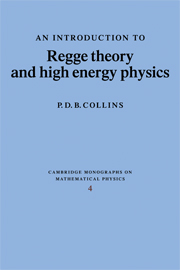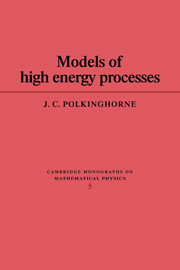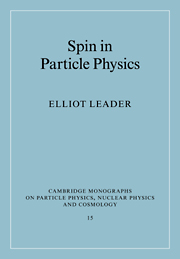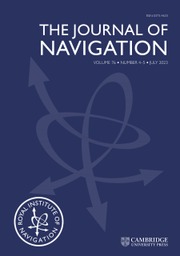An Introduction to Regge Theory and High Energy Physics
This book presents an extended introduction to the theory of hadrons, the elementary particles that occur in the atomic nucleus. The main emphasis is on the theory of the complex angular momentum plane 'Regge theory'. In 1959 Tullio Regge demonstrated that it is useful to regard angular momentum as a complex variable when discussing solutions of the Schrödinger equation for non-relativistic potential scattering. This theory helps to classify the many different particles we know of, to explain the forces between them and to predict the results of high-energy scattering experiments. Regge theory thus serves as a unifying concept drawing together many different features of high-energy physics. This monograph is intended primarily for research students just beginning in particle physics, but experienced practitioners will also find much of interest. Originally published in 1977, this title has been reissued as an Open Access publication on Cambridge Core.
- Regge theory provides an essential tool for analysing almost all aspects of strong interactions
- Assumes only a solid background in undergraduate physics (quantum theory, some elementary particle physics, special relativity)
- Reissued as an Open Access title on Cambridge Core
Product details
No date availableHardback
9781009403290
460 pages
235 × 158 × 30 mm
0.81kg
Table of Contents
- Preface
- 1. The scattering matrix
- 2. The complex angular-momentum plane
- 3. Some models containing Regge poles
- 4. Spin
- 5. Regge trajectories and resonances
- 6. Introduction
- 7. Duality
- 8. Regge cuts
- 9. Multi-Regge theory
- 10. Inclusive processes
- 11. Regge models for many-particle cross-sections
- 12. Regge poles, elementary particles and weak interactions
- Appendices
- References
- Index.







